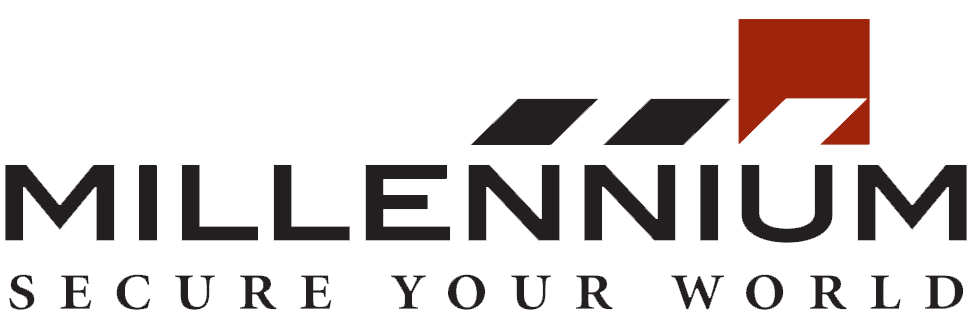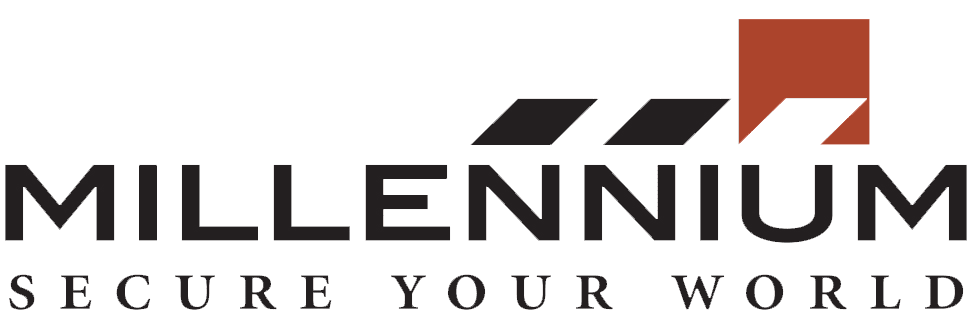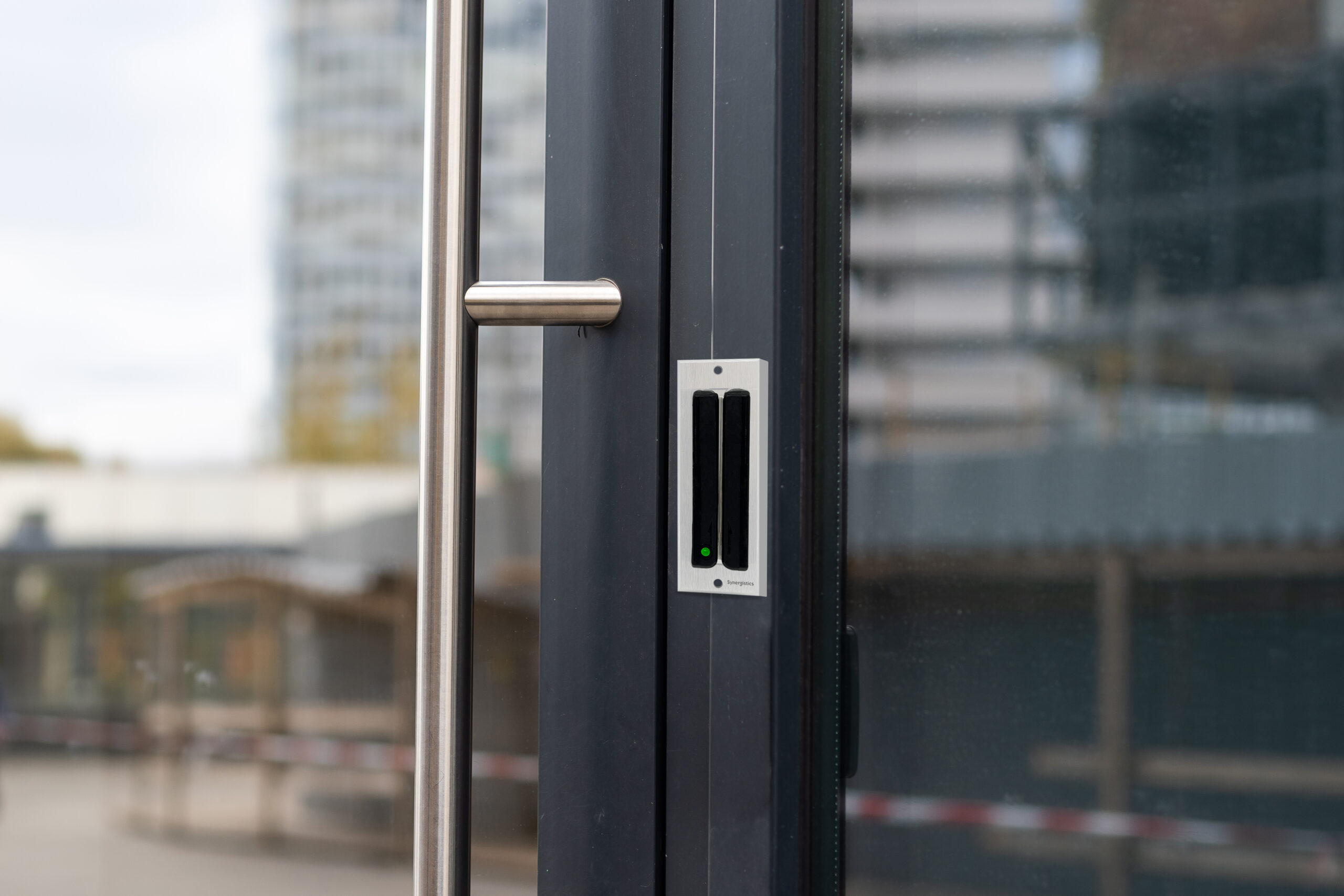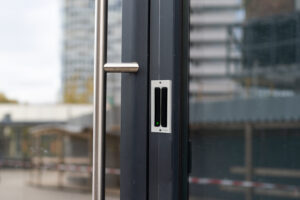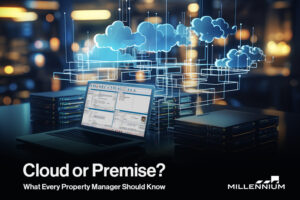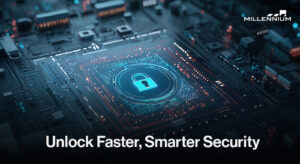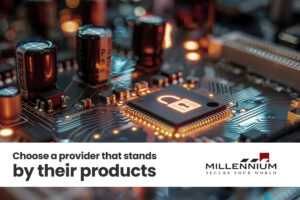When securing your facility, choosing the right access control system can make all the difference. With technology advancing at lightning speed, businesses now have to choose between cloud-based and on-premise access control systems—or perhaps a combination of both. In this blog, we’ll explore the pros and cons of each while also introducing a hybrid model that might just be the perfect fit for your needs.
In a world where businesses are facing an ever-increasing demand for flexibility and scalability, choosing the right security infrastructure has become more crucial than ever. But which option should you go for? The traditional on-premise solution or the more modern cloud-based system—or could a hybrid model be the best of both worlds?
Let’s dive into the details of these security solutions and help you make an informed decision.
What is Cloud-Based Access Control?
Cloud-based access control systems use remote servers to store and manage your security data, accessible via the internet. This model allows administrators to oversee security events, manage access permissions, and integrate with other systems from anywhere in the world—whether you’re across the street or halfway around the globe.
The cloud-based approach is a game changer for businesses that need flexibility and scalability. With everything managed remotely, there’s no need for heavy on-site infrastructure, and the system can easily scale up as your business grows. For businesses with remote locations, multi-site operations, or the need to quickly adapt to new challenges, cloud-based access control can be a lifesaver.
Cloud systems are especially advantageous for organizations looking to integrate various technologies seamlessly. Imagine integrating your access control system with your building’s HVAC system or automating key management processes—cloud systems make it easier than ever to connect all your tools.
Pros of Cloud-Based Access Control:
- Remote Access & Flexibility: Monitor and manage your system from anywhere with an internet connection, giving you the power to respond to security events in real time, no matter where you are.
- Scalability: Easily scale the system to match your evolving needs, without the hassle of physical upgrades. Need to add new doors, sensors, or access points? With a cloud system, it’s as simple as a few clicks.
- Lower Initial Investment: No need for costly on-site servers or hardware, keeping upfront costs low. Cloud-based systems are an attractive option for businesses that want to reduce capital expenses.
- Automatic Software Updates: Rest easy knowing your system is always up to date without needing manual intervention. This ensures you’re protected from the latest security threats.
- Reduced Maintenance Costs: The service provider handles system updates, backups, and troubleshooting, saving you time and money. Without the burden of on-site hardware maintenance, your internal team can focus on other priorities.
Cons of Cloud-Based Access Control:
- Dependence on Internet Connectivity: A stable internet connection is essential for managing and accessing the system remotely. While cloud-based systems are generally reliable, poor connectivity can affect your ability to manage your security system in real-time.
- Ongoing Subscription Fees: While the system has a lower upfront cost, there are subscription fees to consider over time. However, when you compare this to the overall cost of maintaining on-premise systems, many businesses find the subscription fees to be a cost-effective option, especially considering the savings on maintenance and infrastructure.
- Potential Security Concerns: Though most cloud providers use robust encryption, some businesses may be wary of storing sensitive data off-site. It’s important to vet your cloud provider thoroughly to ensure they meet your security and compliance requirements.
- Internet Reliability: Cloud-based systems rely on an internet connection for data transmission, which can cause issues if you experience outages. Many providers mitigate this risk with local backup systems that sync data once the internet connection is restored.
What is On-Premise Access Control?
On-premise access control systems, in contrast, rely on physical servers and infrastructure that are kept on-site. Businesses are responsible for owning and maintaining the equipment, while managing all data, configurations, and system settings locally.
For many businesses, especially those in highly regulated industries or handling sensitive data, on-premise systems have been a trusted choice. In sectors like critical infrastructure, government, or healthcare, on-premise solutions provide an added layer of control and security that can be important for meeting specific regulatory requirements.
Pros of On-Premise Access Control:
- Full Control: You manage everything, from system settings to maintenance and security. This gives you complete control over your infrastructure and data.
- Higher Security: Since everything is stored on-site, there’s no reliance on the cloud for storing sensitive data. This is crucial for businesses with strict security protocols or those operating in sensitive industries.
- Customizable Infrastructure: Tailor the system to your exact needs and integrate it with existing on-site technologies. If you have legacy systems or specialized hardware, on-premise solutions offer the flexibility to create a more customized approach.
Cons of On-Premise Access Control:
- Higher Upfront Costs: You’ll need to invest in servers, hardware, and physical infrastructure, which can be expensive. This initial investment can be a significant barrier to entry for some organizations.
- Ongoing Maintenance: You’re responsible for regular updates, repairs, and ensuring system security. This requires an internal IT team to manage and maintain the infrastructure, leading to additional operational costs.
- Limited Remote Access: Remote management is not typically available out of the box for most on-premise systems. While it is still possible to access the system remotely in certain setups, it usually requires VPNs or remote desktop configurations—along with proper training and a certain level of technical knowledge for employees. This can make managing the system on the go less convenient compared to cloud-based solutions.
- Scalability Challenges: Expanding the system usually requires additional hardware and upgrades, which can be costly and time-consuming. As your business grows, so do the costs and complexities associated with scaling up on-premise systems.
Key Differences Between On-Premise vs. Cloud Security
- Before deciding which option works best for your organization, it’s essential to understand the fundamental differences between cloud and on-premise security systems:
- Infrastructure: On-premise solutions require physical infrastructure—servers, storage devices, and network components. In contrast, cloud systems are hosted remotely, eliminating the need for in-house infrastructure.
- Management & Maintenance: On-premise systems require in-house IT teams to oversee maintenance and updates, which can be resource-intensive. Cloud solutions are maintained by the service provider, reducing the workload for internal teams.
- Connectivity: On-premise systems rely on a secure internal network, while cloud systems depend on a reliable internet connection to transmit data.
- Storage Capacity: Cloud systems offer virtually unlimited storage options, while on-premise systems face limitations on internal storage.
Contact Us And See Our System In Action
Is a Hybrid Model Right for You?
If you’re torn between cloud and on-premise solutions, the hybrid model could offer the best of both worlds. It combines the benefits of both systems, allowing you to store sensitive data on-site while utilizing the cloud for less-critical functions. However, it’s not necessarily the best fit for every facility.
Benefits of a Hybrid Model:
- Flexibility: Store high-security data on-premise while using the cloud’s scalability and management ease for other less-sensitive operations.
- Disaster Recovery: In an emergency, your cloud data remains secure, ensuring continuity even if your on-site infrastructure is compromised.
- Compliance: For businesses that must meet strict regulatory standards, a hybrid model can allow you to keep sensitive data on-site while benefiting from cloud services for non-sensitive information.
A Word of Caution:
While the hybrid approach is ideal for organizations with stringent data requirements, it’s not always necessary for every facility. The complexity of managing both cloud and on-premise systems can be a hassle, often leading to extra work and potential inefficiencies. For most businesses, a single solution—either cloud or on-premise—may be sufficient, and introducing a hybrid system could add unnecessary complexity. However, for businesses in highly regulated industries, the hybrid model may be essential to ensure compliance and security without compromising operational efficiency.
Which Solution Is Right for You?
- When choosing between on-premise and cloud-based access control, the decision boils down to your organization’s needs. Here’s a quick breakdown of who each system might suit:
- Cloud-Based Access Control: Best for businesses seeking flexibility, scalability, and reduced maintenance without heavy infrastructure investment. Perfect for those with remote locations or who want easy integration with other cloud-based solutions.
- On-Premise Access Control: Ideal for businesses that require full control over their system and data, need higher security for sensitive information, or operate in regulated industries.
Is Cloud More Secure?
Security is a common concern when considering cloud-based systems. While it’s true that some industries have stringent data storage regulations, cloud systems are increasingly designed to meet the highest security standards. Providers use encryption, multi-factor authentication, and data redundancy to ensure your information remains safe. Plus, cloud providers typically invest heavily in the latest security technologies and adhere to strict compliance standards.
Why Cloud Security is Growing in Popularity
Recent studies have shown that cloud-based solutions are becoming more popular due to their ability to scale quickly and cost-effectively. For example, a recent survey by IDC found that 40% of businesses are already using cloud-based security solutions, with that number expected to grow exponentially. The key drivers behind this trend are the flexibility and scalability that cloud solutions provide—ideal for businesses aiming for long-term growth.
Additionally, cloud providers offer extensive support for compliance with ever-changing industry regulations, which has become an increasingly critical factor for organizations in highly regulated sectors.
Final Thoughts: Choose What Fits Best for Your Business
Choosing between cloud and on-premise access control solutions ultimately depends on your business’s unique needs. Cloud systems offer flexibility, scalability, and reduced maintenance costs, making them perfect for growing businesses or those with remote operations. On-premise systems provide control and higher security but come with higher upfront costs and ongoing management responsibilities.
If you can’t decide, consider reaching out to us. Our experts will recommend the best solution tailored to your industry and specific needs, helping you enhance security while supporting your business’s growth. Whether you lean toward cloud, on-premise, or a hybrid solution, we’ll work with you to ensure your choice supports your operational goals and provides the level of security you need.
Reach out today to get personalized advice on which access control system will best suit your needs. Our experts are ready to help you enhance your facility’s security with the right solution for your business.
Millennium is a scalable, hosted, access control platform that services any type of real estate. Our cloud-based solution allows managers and tenants to efficiently manage their physical security from anywhere while enhancing experience and driving profitability.
